Are you putting your gardening skills to the test this year? Growing veggies in Wisconsin for the first time can be challenging but not impossible. Here are seven essential pointers for newbie gardeners to ensure the survival of their plants. Below, we learn the Wisconsin vegetable planting calendar, a month-by-month vegetable planting chart, a seasonal gardening guide for Wisconsin home gardens, the best vegetables to grow in Wisconsin, and the planting zones of Wisconsin state.
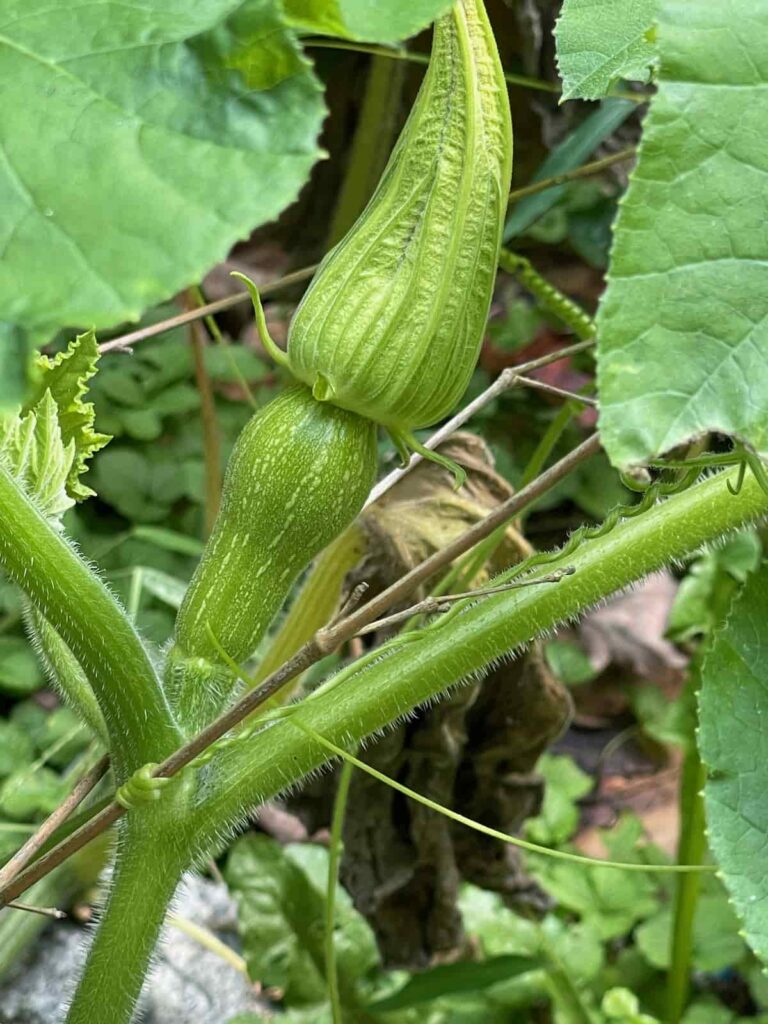
Wisconsin Vegetable Planting Calendar
When should I plant my vegetable garden in Wisconsin?
If the weather holds, plant after Memorial Day. With spring almost done, frost and cold fronts are less likely. Before transferring them to outdoor soil, you should wait six weeks after sowing seeds inside. Tomatoes, zucchini, snap peas, peppers, cucumbers, and even lettuce are popular for first-time gardeners, yet none is simpler to grow than any other vegetable.
When growing vegetables, it’s essential to determine whether to germinate seeds or buy a plant already established in a container as a starting point. For a bigger garden in the backyard, it’s best to combine the soil you’ll be using with some potting soil to give the plants a boost.
What can I plant in April in Wisconsin?
Plant annuals that thrive in chilly weather. Time to plant vegetables that thrive in cooler temperatures, such as ‘merlot’ lettuce, spinach, kale, and peas. These can be planted in pots for an early harvest and thrive throughout the chilly season. First, make sure you’re digging in suitable soil. Make a little soil ball and roll it around your palm to see whether it’s workable. We can start digging if it crumbles readily.
When should I plant tomatoes in Wisconsin?
Your tomatoes should be started within four to six weeks before the typical last spring frost in your region. Lightweight potting soil or other media can serve as the ideal seed-starting medium. The ideal depth for shallow seed planting is between 1/8 and 1/4 of an inch. The perfect air-to-moisture combination can be achieved using a seed-starting mix because it is sterile (unlike garden soil) and lighter than potting mix.
Use clean, shallow pots with drainage if possible. Once the true leaves with the scalloped edges have appeared, you can move the plant to a bigger pot 3 to 4 inches in diameter. So often between March 15 and 20, perhaps as late as March 25 if it’s a massive tomato. It’s ideal if you reside in the southern part of the state.
In case you missed it: Virginia Vegetable Planting Calendar: Month-wise Chart, Dates Guide, Schedule for Fall, Winter, Spring, and Summer Seasons
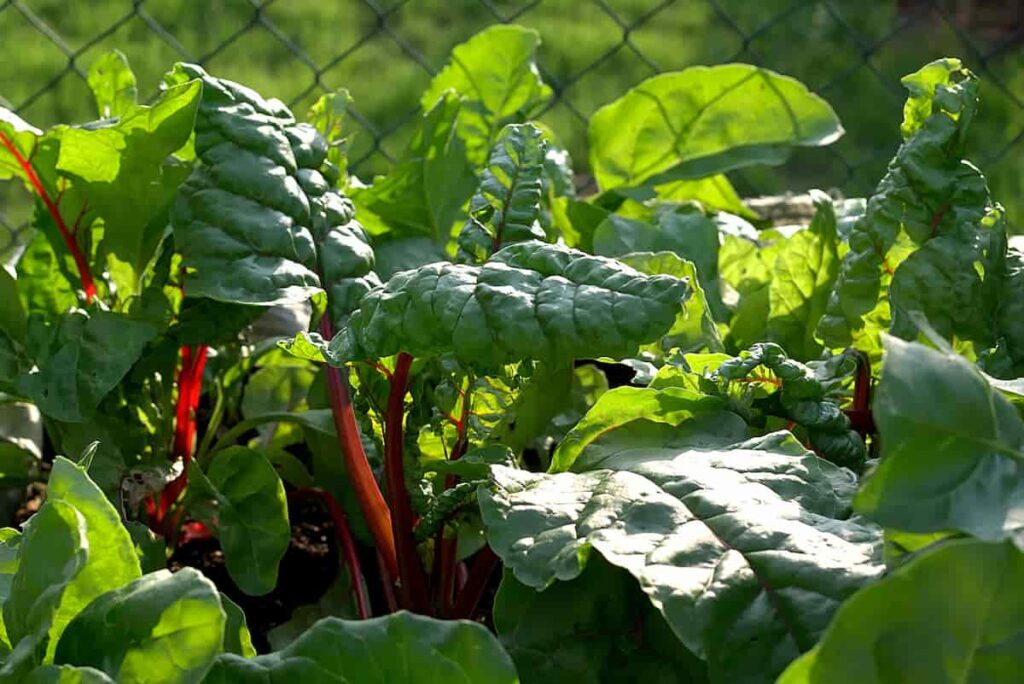
How late can you plant potatoes in Wisconsin?
Planting potatoes in the north of Wisconsin begins about two weeks before the average last frost date in late May. Remember that this is only a rough estimate, and the actual date can vary according to the season and year. To lessen the possibility of the tubers decaying, the soil temperature should be above 40 degrees.
When can you plant onion sets in Wisconsin?
Midway through April is an excellent time to plant onions since this is after the danger of frost has passed and is still approximately four weeks before the average last date of frost. Both home-grown and commercially-grown transplants can be used. Roots should be soaked in a shallow pan of water as soon as possible after purchase, and the plants should be planted within a day or two. It takes about a quarter of an inch of growth before your transplants are ready for the field.
When can you plant carrots in Wisconsin?
Plant in the spring a half inch deep and a half inch apart in rows 12 to 24 inches apart, 2 to 3 weeks before the final frost. A fine, weed-free seedbed from deeply worked soil can dramatically increase harvest success. Germination of carrots takes a long time (1–3 weeks), and the seeds can sprout at different rates throughout a few weeks. Germination can be fastened by watering gently daily if the soil is dry.
The competition from nearby plants can be significantly reduced via thinning. Before plants reach 2 inches in height, thin them to spacings of 1 to 4 inches (depending on the root size needed). When dealing with many plants, cutting rather than pulling is preferable.
In case you missed it: Tennessee (TN) Vegetable Planting Calendar: Month-wise Chart, Dates Guide, Schedule for Fall, Winter, Spring, and Summer Seasons
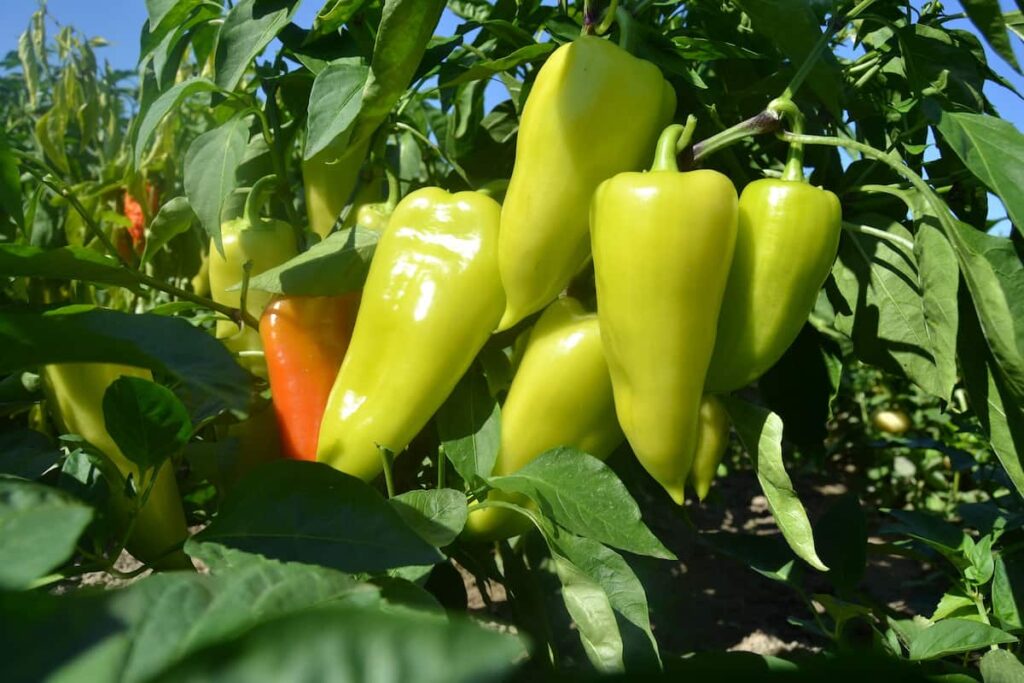
What zone is Wisconsin in for planting?
Many parts of Wisconsin have a humid continental climate with hot summers. On the other hand, the summers in the southern and southwestern parts of the state are hot and humid because of the state’s continental climate. Wisconsin has all four seasons, each with its unique precipitation pattern and temperature swings, sometimes occurring at very short intervals.
Like many other cities, Milwaukee benefits from a milder spring and summer and protection from the bitter cold of winter because of the urban heat island effect. Wisconsin has had yearly snowfall totals ranging from 40 to 160 inches, with an annual precipitation average of 35 inches. In the mountains, where the average annual temperature is greater, it rains more often and for longer periods.
Many maps of Wisconsin’s plant hardiness zones are available online. Before starting work on a garden, learning what growing zone you’re in within the state is essential. The planting zones of Wisconsin help determine when and what types of plants can be planted successfully across the state. The average occurrences of the first and final frosts divide the country into different planting zones. Check with a local nursery if your Wisconsin location’s growth zone is unsure.
To be safe, use plants that can survive in your zone, at least to some degree. If you reside in USDA hardiness zone 3b, you can count on year-round success from plants adapted to zones 1 through 3. Carrots, beets, lettuce, peas, chard, and radishes, do well in this environment. Below we also have the zone 4 planting schedule.
What can I plant now in Wisconsin?
Spring vegetable planting in Wisconsin
Remove any remaining mulch from the soil in your garden from last year so it can dry out and absorb some of the sun’s heat. Get rid of last year’s plant waste. When spring arrives, flip the compost pile and add new manure to kickstart the decomposition process if it freezes during the winter. Get your lawn mower blades sharpened and your machine serviced before the busy season begins in spring.
In case you missed it: Dairy Farming in New Zealand: How to Start, Breeds, A Step-By-Step Guide for Beginners
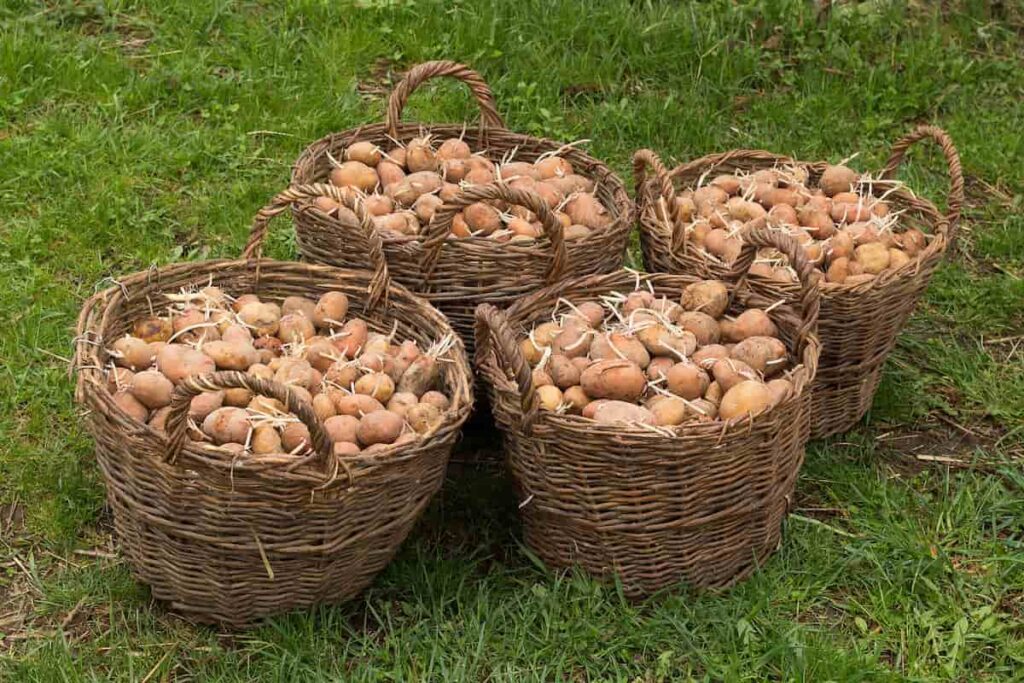
Plant your tomato seeds indoors. Eggplant, okra, pepper, and broccoli seedlings should be started. Green manure crops, such as annual rye, should be put under vegetable and annual beds as soon as they are ready for cultivation. Add compost or well-rotted manure as a top dressing if you didn’t sow any. Trees and plants grown in containers or balled and burlapped may be planted at any time throughout the growing season.
In May, pinch off the tomato seedling’s bottom leaves and lay it on its side in a shallow furrow about 2.5 inches below the soil surface. Tomatoes benefit from the rapid development facilitated by the warmer soil closer to the surface. New evergreens should be planted and moved before they show any signs of new growth.
Fall vegetable planting in Wisconsin
Tomatoes and other vegetable plants should all be harvested and thrown away about five weeks before a frost is predicted. For beds not planted until late spring, sow annual ryegrass or oats to serve as winter cover and green manure. Keep it moist. Don’t let weeds get to seed before you remove them. Brussels sprouts must have their top growth tips pinched off for the lower sprouts to mature.
Keeping an eye out for early frosts is a good idea. Covering the garden can extend the growing season by up to a month when frost is expected. Parsley, chives, and other sensitive herbs can be dug out and potted indoors to a sunny window. Carrots, beets, and turnips can keep longer if picked before the first frost destroys the leaves.
Collect winter squash and gourds just before they are severely damaged by frost. Vegetables are best stored if you leave a 2-inch stem on them. Clean up the garden right after picking. Infected plants should be burned, composted in a hot pile, or sealed in a container before being thrown away. Spring-blooming shrubs should be planted by the first week of September. Get your grass aerated when the weather is between 60 and 70 degrees. By mid-September, you should finish planting evergreens.
Asparagus ferns can be pruned down and thrown away in October to avoid pest and disease issues in the next growing season. Mulch with straw and dig manure into the soil. Mulch can be used around Brussels sprouts to keep the soil at a more manageable temperature and extend the harvest season. The greater the plant’s water supply, the more resistant it will be to the cold. Mulch the garlic with 4-6 inches of straw. Plant the cloves 2-3 inches deep.
In case you missed it: How to Grow Asparagus in USA: Soil, Propagation, Planting, Care, and Farming Tips
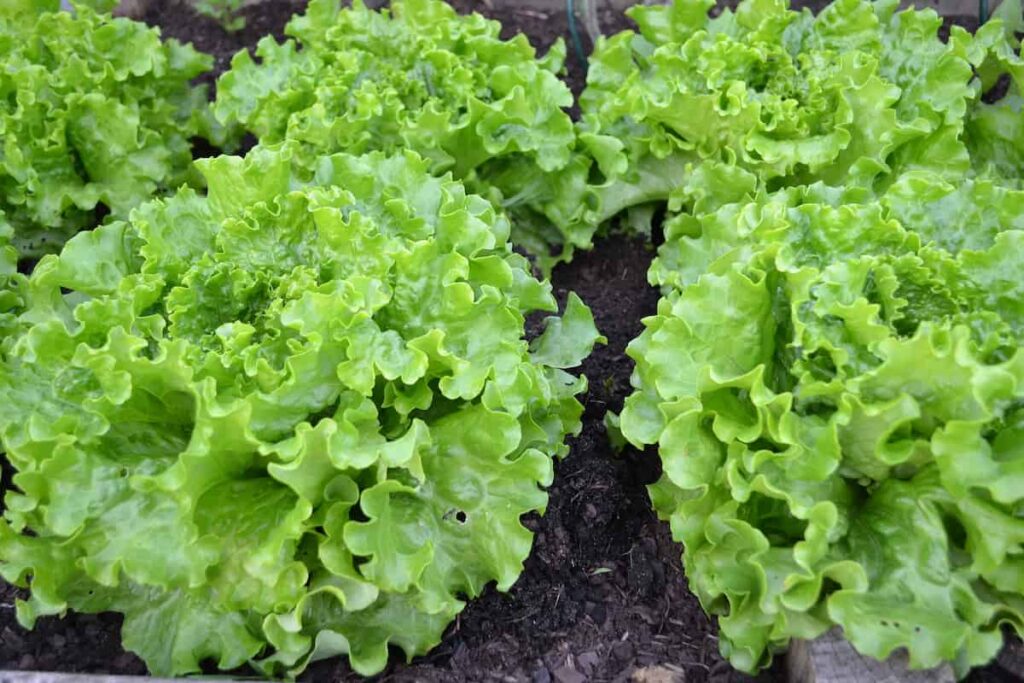
Leaves should be raked, chopped, and composted to remove them from the yard. Shade trees should be fertilized as the leaves turn color and fall. Deciduous trees and bushes may be planted until the ground freezes. Mulch with a thickness of two inches helps lessen the harm caused by freezing and thawing to plant roots. When fertilizing once a year, do it during the third week of October. Fertilize in early June and again in October if you want to do it twice a year.
Summer vegetable planting in Wisconsin
The best way to prevent leaf blight in tomatoes is to remove any infected leaves or plants from your garden in June and replace them with disease-resistant types. Tomato cages should be disinfected with a 10% bleach solution before being placed in the ground. Mulches, correct plant spacing, and staking plants can all help reduce the spread of diseases like fruit anthracnose. Put in your pepper, eggplant, sweet potato, and late potato seedlings.
Growing beans, beets, carrots, kohlrabi, maize, turnips, broccoli, cabbage, and cauliflower is a good idea. Spraying broccoli, cauliflower, and cabbage with an insecticide will prevent the spread of the cabbageworm and the looper. Asparagus harvesting ends around the 30th of June. After harvesting, the asparagus bed must be properly weeded to prevent damaging the roots.
Vegetables and herbs must be checked for pests throughout July and treated if required. When the tops of your onions and early potatoes shrink, it’s time to harvest them. Begin sowing autumn leafy greens like lettuce and spinach in early July. Plant seeds deeper than you would in the spring or germinate them on a moist towel. For a harvest in the autumn, sow seeds of kale, bunching onions, cucumbers, beets, rutabagas, turnips, and members of the cabbage family. Water and mulch your tomatoes regularly to avoid blossom end rot.
In hot, dry weather, spider mites become more active. Needles of juniper and spruce trees get a rusty tint if they are affected. The soil around freshly planted trees should be mulched (with 3 inches or less of material) and watered once a week if necessary during the summer. The trees should be watered thoroughly once every two to three weeks during dry periods. Cut off any unwanted shoots from a grafted plant.
In case you missed it: Compost Tea Recipe for Your Garden Plants: How to Prepare and Apply
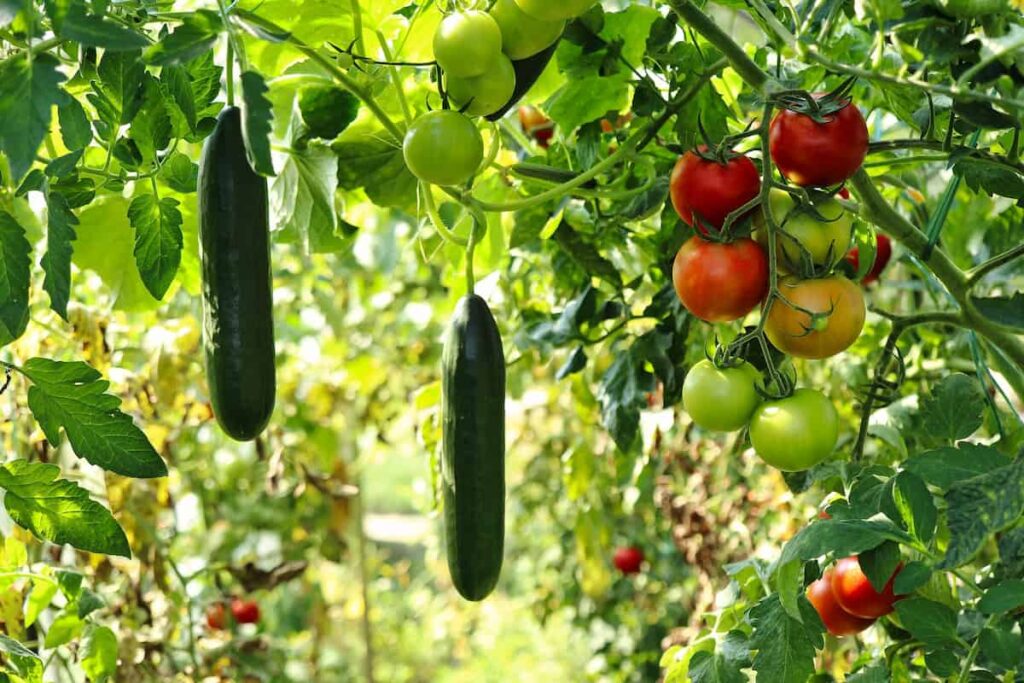
Radishes, lettuce, spinach, and beets are excellent late-season vegetables to plant in August. The ideal period to plant grass seeds is between the middle of August and the middle of September. Prevent the soil from drying out at all costs to prevent the seed from drying out and dying. Get your evergreens established before winter by planting them between now and the middle of September.
Winter vegetable gardening in Wisconsin
The cold kills tomatoes quickly. If frost is a concern, they can be harvested while still green and matured inside by placing them in paper bags. Don’t cool them in the fridge; it will ruin the taste. It’s best to wait a little longer to harvest spinach, Swiss chard, broccoli, Brussels sprouts, kale, and collards since a little frost makes them sweeter.
To keep these plants alive during the colder months, you can use either tiny hoops covered by transparent plastic or a big clear plastic bucket with the sides mulched with straw. Sweet potatoes and winter squash can survive moderate frost but not deep freezes. Once harvested, they should be cured in a warm, dry environment. It’s ok to leave asparagus ferns alone or give them a little trim.
Asparagus beetles can overwinter in the leaves, so if you’ve had any of these pests, it’s best to eliminate the ferns for the winter. Put some mulch on your garlic so it can overwinter there. Reduce rhubarb plants for the season. Keep detailed notes or snap photographs to identify the plants you sow easily. To keep pests and diseases at bay, it’s essential to move plants of various families about the garden regularly.
Wisconsin vegetable planting calendar/chart/schedule/guide
| Vegetables | Zone 3 | Zone 4 | Zone 5 |
| Snap Beans | Mid-June to Mid-Sep | June to Mid-Sep | Mid-May to Sep |
| Lima beans | Mid-May to Mid-June | May | Mid-May to Sep |
| Beets | Mid-May to Mid-Sep | Mid-Apr to Jun, Mid-July to Sep | Apr to June, Mid-July to Mid-Oct |
| Broccoli | Mid-May to Sep | Apr to June, July to Mid-Aug | Mid-Mar to June, July to Oct |
| Brussel Sprouts | Mid-May to Mid-Oct | Mid-Apr to Mid-Oct | Apr to Oct |
| Cabbage | Mid-May to Mid-Sep | May to Mid-Oct | Mid-Apr to Oct |
| Carrots | Mid-June to Mid-Sep | Mid-Apr to June, Mid-July to Sep | Apr to Jun, Aug to Mid-Oct |
| Cauliflowers | Mid-May to Sep | May to Sep | Mid-Apr to Mid-Oct |
| Corn | – | June to Mid-Sep | Mid-May to Mid-Sep |
| Cucumber | Mid-June to Mid-Sep | June to Mid-Sep | Mid-May to Mid-Sep |
| Kale | May to Sep | Mid-Apr to June, Mid-July to Mid-Oct | Apr to June, Mid-July to Oct |
| Lettuce | Mid-May to Sep | May to June, Mid-July to Sep | Mid-Apr to June, Mid-July to Mid-Oct |
| Onions | – | Mid-Apr to Mid-Sep | Apr to Sep |
| Peas | Mid-May to Mid-Sep | Mid-Apr to June | Apr to June, Mid-July to Mid-Oct |
| Peppers | Mid-Apr to Aug | Mid-Apr to Mid-Sep | Apr to Sep |
| Spinach | May to Sep | Mid-Apr to June, Mid-July to Mid-Oct | Apr to June, Mid-July to Oct |
| Summer Squash | – | June to Mid-Sep | Mid-May to Sep |
| Tomato | Mid-Apr to Aug | Mid-Apr to Mid-Sep | Apr to Sep |
| Asparagus | Mid-Apr to May | Mid-Apr to May | Apr |
| Artichokes | – | – | – |
| Celery | Mid-May | Mid-May | |
| Chard | Early May | Early May | – |
| Chives | – | – | – |
| Eggplants | Early June | Early June | May |
| Kohlrabi | Mid-Apr to Mid-Aug | Mid-Apr to Mid-Aug | Early Apr and late Sep |
| Okra | Early June | Early June | Mid-May to Late-May |
| Potatoes | Mid-Apr to June | Mid-Apr to June | Early April to Mid-April |
| Radish | Apr to June, Aug | Apr to June | Late Mar to Early-May |
| Winter squash | May to June | May to June | May |
Conclusion
Pests, disease, and strong winds can all cause damage to even the most protected garden. You should contact your local nursery for guidance if you have trouble with a bug or an issue. Other gardeners in Wisconsin have probably encountered the same problems you’re having.
- Types of Pesticides Used in Agriculture: A Beginner’s Guide
- Economical Aquaculture: A Guide to Low-Budget Fish Farming
- 15 Common Planting Errors That Can Doom Your Fruit Trees
- How to Make Houseplants Bushy: Effective Tips and Ideas
- Innovative Strategies for Boosting Coconut Pollination and Yield
- Pollination Strategies for Maximum Pumpkin Yield
- The Complete Guide to Chicken Fattening: Strategies for Maximum Growth
- Natural Solutions for Tulip Problems: 100% Effective Remedies for Leaf and Bulb-Related Issues
- Revolutionizing Citrus Preservation: Towards a Healthier, Greener Future
- Natural Solutions for Peony Leaf and Flower Problems: 100% Effective Remedies
- Maximizing Profits with Avocado Contract Farming in India: A Comprehensive Guide
- Natural Solutions for Hydrangea Problems: 100% Effective Remedies for Leaf and Flowers
- The Ultimate Guide to Choosing the Perfect Foliage Friend: Bringing Life Indoors
- From Sunlight to Sustainability: 15 Ways to Use Solar Technology in Agriculture
- The Ultimate Guide to Dong Tao Chicken: Exploring from History to Raising
- The Eco-Friendly Makeover: How to Convert Your Unused Swimming Pool into a Fish Pond
- Mastering the Art of Delaware Chicken Farming: Essentials for Healthy Backyard Flocks
- 20 Best Homemade Fertilizers for Money Plant: DIY Recipes and Application Methods
- How to Craft a Comprehensive Free-Range Chicken Farming Business Plan
- Brighten Your Flock: Raising Easter Egger Chickens for Beauty and Bounty
- How to Optimize Your Poultry Egg Farm Business Plan with These Strategies
- Subsidy for Spirulina Cultivation: How Indian Government Schemes Encouraging Spirulina Farmers
- Ultimate Guide to Raising Dominique Chickens: Breeding, Feeding, Egg-Production, and Care
- Mastering the Art of Raising Jersey Giant Chickens: Care, Feeding, and More
- Ultimate Guide to Raising Legbar Chickens: Breeding, Farming Practices, Diet, Egg-Production
- How to Raise Welsummer Chickens: A Comprehensive Guide for Beginners
- How to Protect Indoor Plants in Winter: A Comprehensive Guide
- Ultimate Guide to Grow Bag Gardening: Tips, Tricks, and Planting Ideas for Urban Gardeners
- Guide to Lotus Cultivation: How to Propagate, Plant, Grow, Care, Cost, and Profit
- Agriculture Drone Subsidy Scheme: Government Kisan Subsidy, License, and How to Apply Online
- Ultimate Guide to Raising Araucana Chickens: Breed Profile, Farming Economics, Diet, and Care
- Bringing Hydroponics to Classroom: Importance, Benefits of Learning for School Students
- Ultimate Guide to Raising Polish Chickens: Breed Profile, Farming Economics, Diet, and Care
- Ultimate Guide to Raising Australorp Chickens: Profile, Farming Economics, Egg Production, Diet, and Care
- Silkie Chicken Farming: Raising Practices, Varieties, Egg Production, Diet, and Care
- Sussex Chicken Farming: Raising Practices, Varieties, Egg Production, Diet and Care